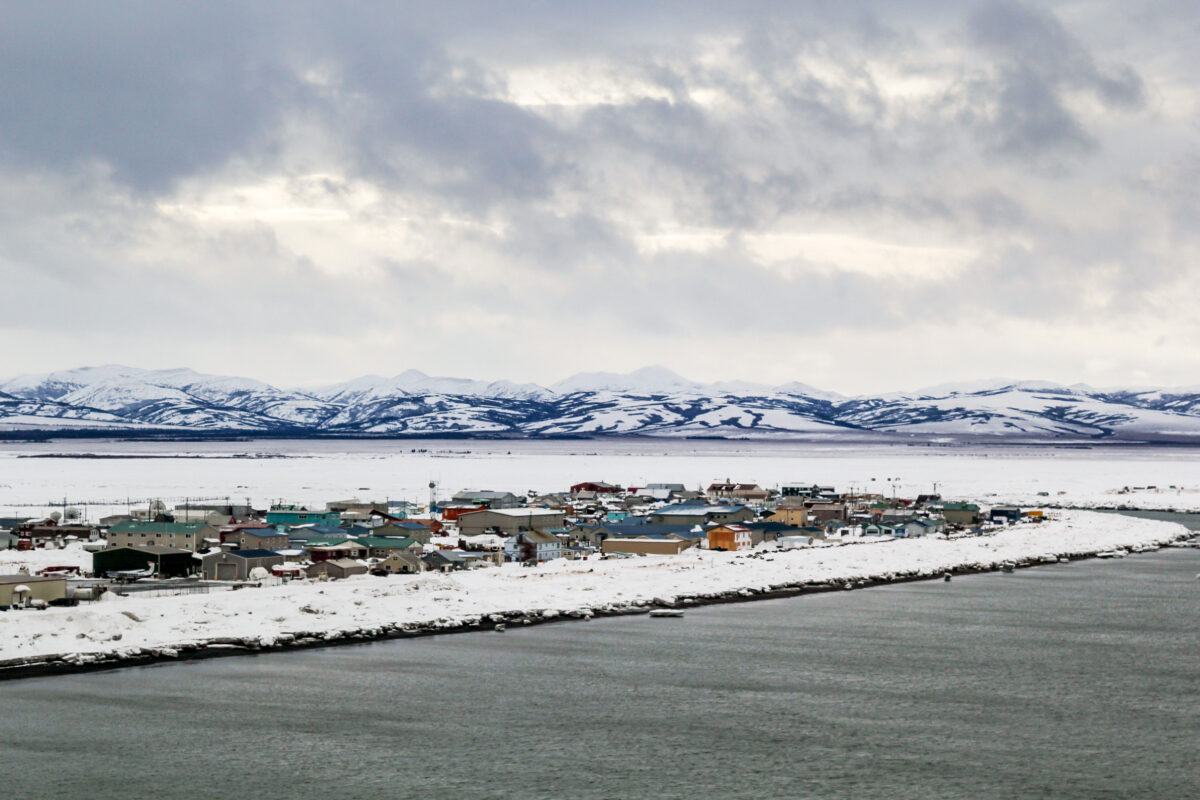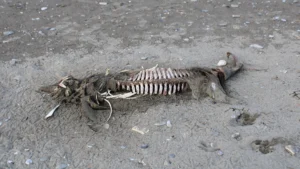Through the weekend of Nov. 13, sea ice extent in the Chukchi Sea was well above the average from the last thirty years.
“So far, Chukchi Sea ice is developing much quicker this year than it has in all recent years,” climatologist Rick Thoman explained.
Thoman, with the Alaska Center for Climate Assessment and Policy, or ACCAP, has Chukchi Sea ice data going back to 1979. Current sea ice extent in Northern Alaska waters is the highest it’s been since November 2001, according to the Sea Ice Index from the National Snow and Ice Data Center.
As of Nov. 13, the main ice pack had already reached the northern coast of the Seward Peninsula, Thoman said.
“What we have right now is fairly typical in the sense that ice tends to start to grow out from the Alaska and the Chukotka coast. This year it’s actually kind of met down towards the Bering Strait so there’s really no open water now just north of the Bering Strait, between Chukotka and the Alaska side,” Thoman said.
Thoman suspects the rest of open water in the Chukchi Sea could be ice covered by the end of November.
As of Nov. 17, sea ice in the Bering Sea has covered much of the Eastern Norton Sound, along the coastline of the Seward Peninsula except for an area in front of Nome, and started forming on the southern edge of St. Lawrence Island.
This is much more favorable for Western Alaska compared to the sea ice conditions the region experienced last year. The last couple winters in the Bering and Chukchi Seas have featured record low sea ice extents.
All the pieces for sea ice growth, like colder surface temperatures and sustained northern winds, came together this year in the Bering Strait region, Thoman said.
“Really since early October we’ve been in a persistently cold pattern. Not quite every day was below normal, but most days below normal (temperatures). And so we didn’t have our thumbs on the scales with very warm waters that had to be extracted out, and we’ve had a weather pattern that has been conducive for ice formation.”
Based on current forecast models, the entire Norton Sound could be covered in ice by the end of November. There’s also a good chance of sea ice extending all the way south to the Pribilof Islands this winter, which hasn’t happened in recent years, according to Thoman.
Image at top: An aerial view: no sea ice along the coast at Unalakleet. Photo: Zachariah Hughes, Alaska Public Media.





